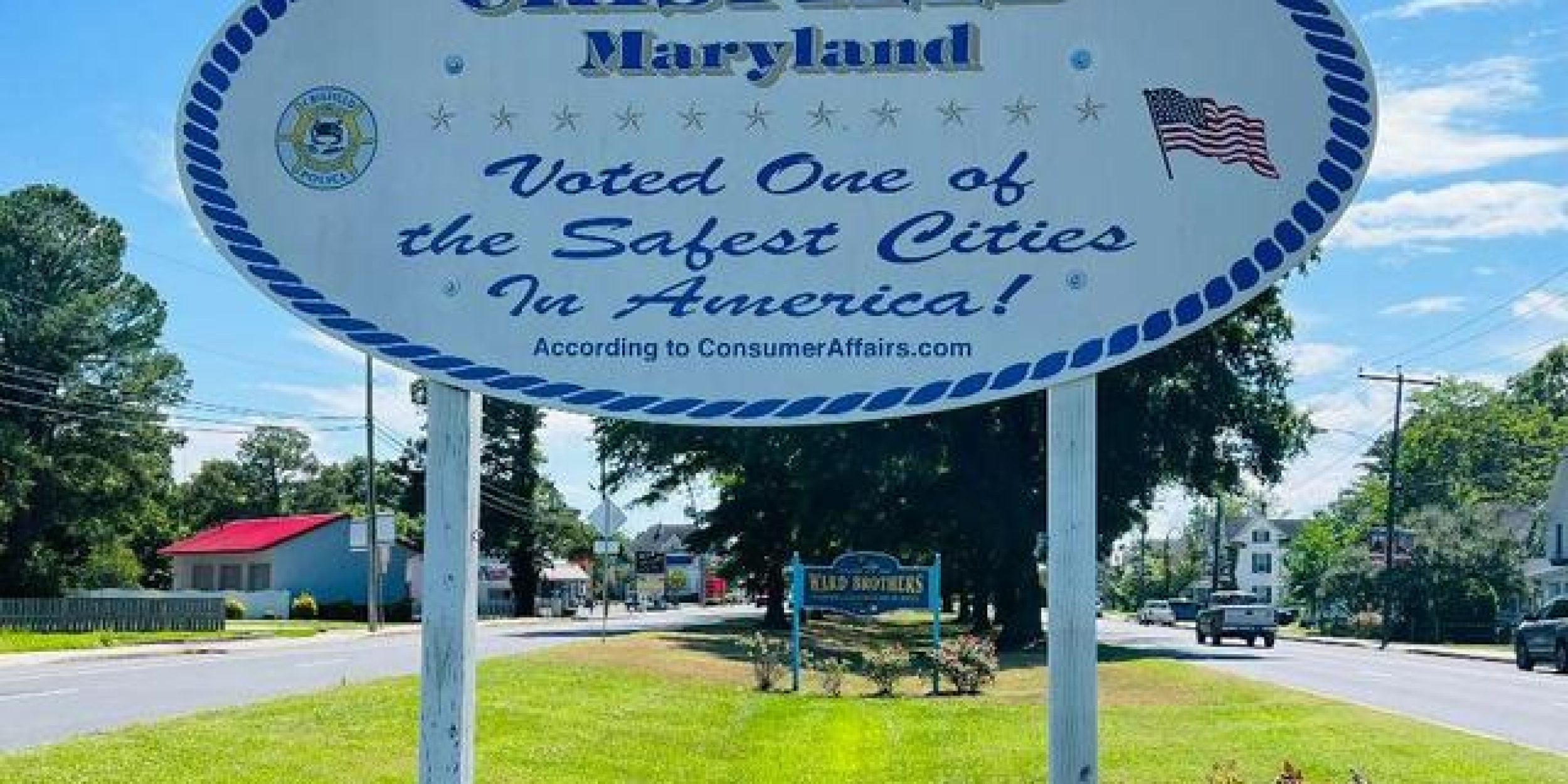AdSci funded a project titled, “Staying Afloat: Assessing the long-term financial impacts of sea-level rise adaptation solutions in a historic coastal community (Crisfield, MD).” The Nature Conservancy (TNC), University of Maryland Finance Center and George Mason University were jointly awarded a $292,000 grant from the AdSci program in FY 2021.
The primary goal of this project was to conduct a sea level rise vulnerability assessment for Crisfield, Maryland and to inform the strategic implementation of climate adaptation strategies that are sustainable, beneficial to community flood-risk reduction, and are financially feasible over the long term. Through this assessment, the project aims to develop decision-making tools to support similar rural coastal communities around the Country.
The goal of the project is primarily achieved through:
- Creation of a committee of community advisors (CAC) to recruit and collaborate local engagement.
- Modeling sea level rise and the impact of coastal hazards in Crisfield.
- A financial assessment of the sea level rise adaptation strategies
- Identifying and exploring the solutions and barriers to implementation.
TNC convened 4 workshops from June 2022 to June 2023 in an effort to co-define and co-design the community’s resilience goals, validate the coastal hazard modeling tools, and to target adaptation strategies to evaluate and scope decision criteria to incorporate into the project’s Adaptation Decision Framework.
The research team also produced a short documentary film to highlight this project’s contributions to Crisfield’s broader resiliency planning efforts. The team has also shared: draft GIS maps of Crisfield’s drainage infrastructure for validation and refinement by CAC members; modeled flood hazard maps to guide the co-defining of hazard scenarios to use in the assessment; and initial results of the cost-benefit analyses and modeled adaptation scenarios to guide the team’s development and use of specific decision criteria in the project’s Adaptation Decision Framework. The team has also shared initial results of the scenario modeling, infrastructure mapping, and benefit-cost analysis outputs with representatives from the City of Crisfield and their partnering Direct Technical Assistance providers from FEMA BRIC. TNC has developed a project website to support collaboration, and broader information sharing with the community and adaptation partners.
The ongoing mapping efforts by GMU within this project are now being seamlessly integrated into a broader city-coordinated initiative. The goal is to develop new maps of Crisfield’s drainage infrastructure, which will play a crucial role in supporting local planning endeavors and grant applications. Specifically, the flood and economic modeling results could prove invaluable for FEMA BRIC’s Direct Technical Assistance providers as they assist the City of Crisfield in securing infrastructure improvement grants aimed at addressing tidal and nuisance flooding.
Through active community engagement, the project partners have achieved several positive outcomes. First, there has been a notable increase in local knowledge and acceptance of climate science and assessment tools. Additionally, community members now have a better understanding of local flooding sources, impacts, and adaptation opportunities, particularly among the Crisfield Advisory Committee (CAC) members. Community members also developed various goals, including improved access to flood-safe and affordable housing, business retention, job creation, a healthier economy, enhanced recreational opportunities, youth development, and the creation of supportive public spaces.
As the Nature Conservancy-led research effort unfolded, generating computer flood models and cost estimates for various strategies, the town collaborated with FEMA to transform these proposals into a comprehensive citywide plan. Although the final report is slated for release in August 2024, earlier drafts have already laid the groundwork for an extensive flood plan submitted to FEMA. The project also benefits from an ongoing flood mitigation initiative. A prior $1.4 million FEMA grant is supporting the design and construction of two out of three pump stations outlined in the city’s flood plan. Crisfield aims to obtain a $38 million grant from FEMA’s Building Resilient Infrastructure and Communities (BRIC) program, specifically for financing the southern half of the project.
Construction on these two pumps is scheduled to commence in early 2025. If the town secures the $38 million grant, the initial phase of work could begin as early as 2026.
For more information, contact Bhaskar Subramanian.
Image credit: Town of Crisfield, Maryland










